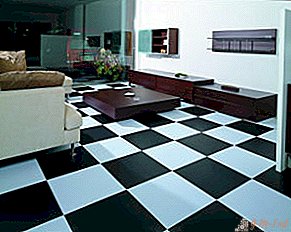 Among a wide variety of floor coverings, tile invariably occupies one of the leading places. Its popularity is due to such advantages of the material as wear resistance, strength, durability, aesthetic appeal and a wide range of color and texture solutions. However, in order not to be mistaken in the choice, it is necessary to take into account a number of basic differences between different types of floor tiles.
Among a wide variety of floor coverings, tile invariably occupies one of the leading places. Its popularity is due to such advantages of the material as wear resistance, strength, durability, aesthetic appeal and a wide range of color and texture solutions. However, in order not to be mistaken in the choice, it is necessary to take into account a number of basic differences between different types of floor tiles.
Types of tiles vary in material, size and design. The use of this coating is relevant for any room in the house - from the living room to the bathroom. Properly selected, it will create a unique style of the room.
Pressed
The formation of tiles in this way occurs on special equipment using high pressure, which allows you to get a strong and durable product with a perfectly smooth surface. After pressing it is subjected to firing and decorative processing: coating with glaze or staining. The last stage allows not only to give the tile visual appeal, but also to provide it with water resistance, as well as additional strength and durability.
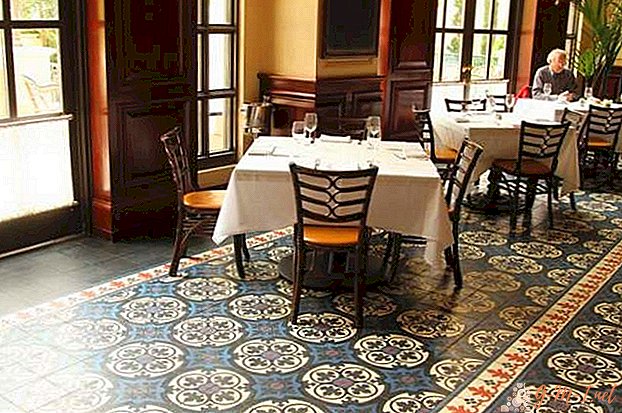
Without enamel
Floor tile without enamel does not have a decorative pattern on the surface and is one of the simplest and most concise types of flooring. Coloring of the product occurs at the production stage using special pigments. Tile without enamel is not subject to abrasion, has good quality characteristics, and is also appreciated by many consumers for its non-slip matte surface.
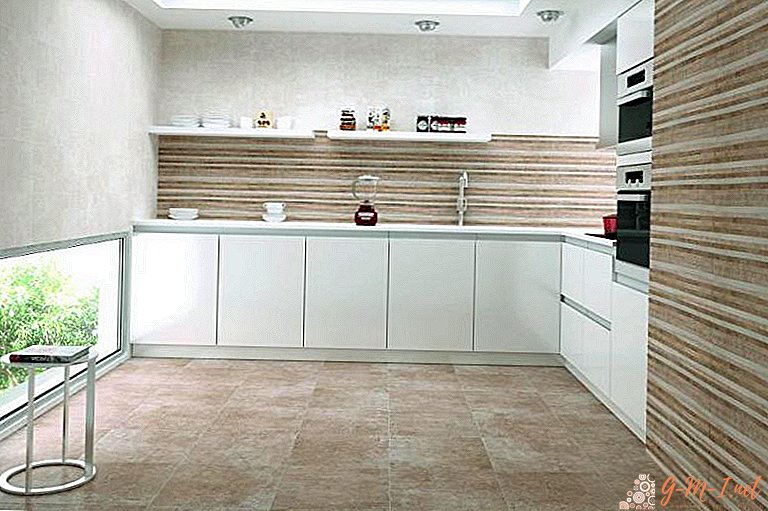
The absence of shine and patterns visually brings the tile without enamel to the texture of natural stone, which makes it a universal design solution and allows you to harmoniously fit this material into almost any interior.
Glazed
This type of flooring with a glazed surface is characterized by pore density and impermeability, as well as glossy gloss and color saturation. In the process of manufacturing this type of tile, the product is covered with an additional layer - glaze, which gives it a decorative effect of glass pouring, while improving its operational properties. There are two main methods for applying glaze:
- Single layer. It is applied once, allowing to preserve the bright color of the tile.
- Two-layer. Re-applying the glaze after firing the first layer gives the product additional strength, improving its quality characteristics.
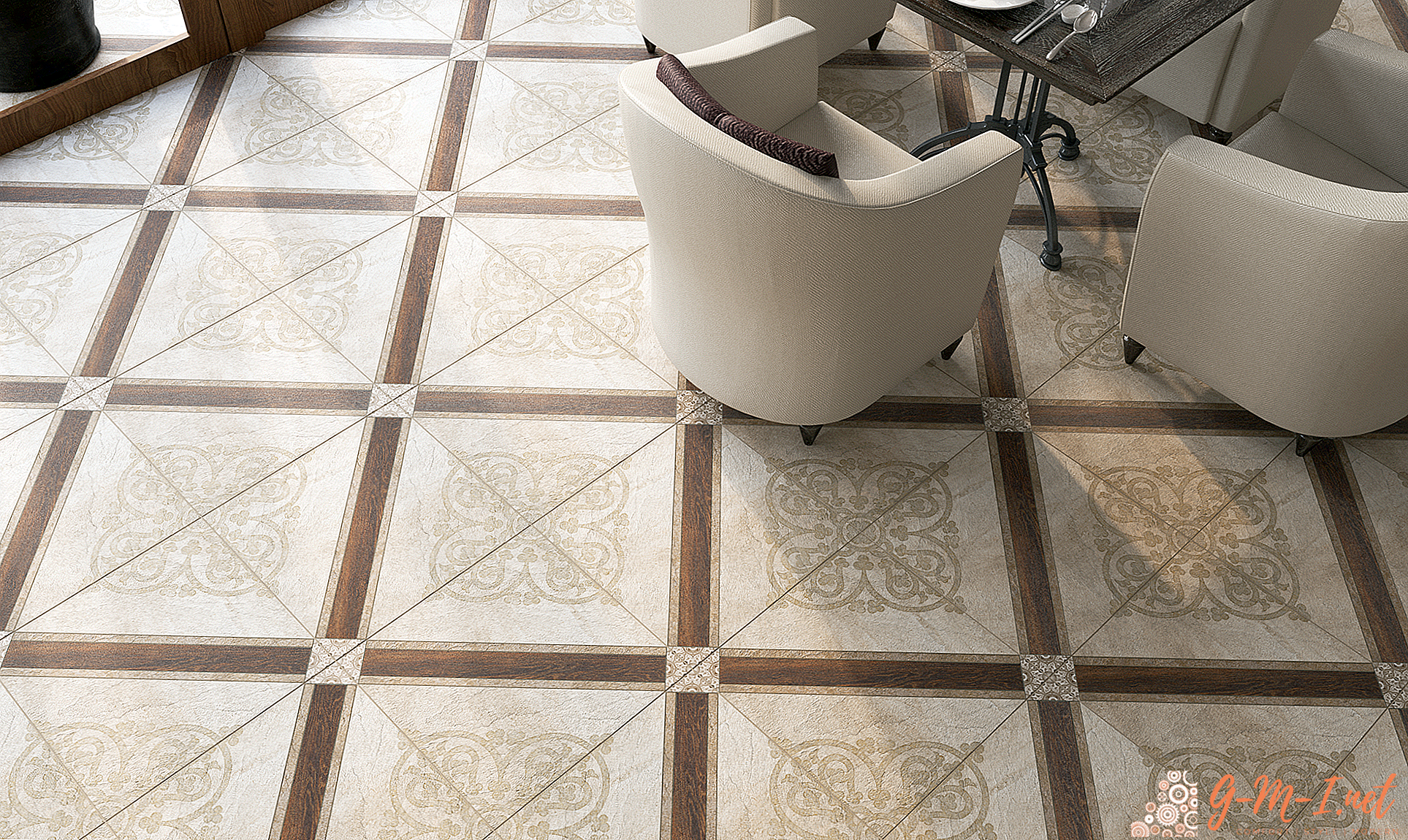
IMPORTANT!Glazed tiles are ideal for decorating a spacious living room or other large-sized room. This coating has excellent reflective ability, due to which the effect of visual expansion of the space is achieved with the addition of a touch of sophistication.
Clinker
Clinker tiles are made from certain types of clay with the addition of special dyes and flux. Being a kind of alternative to brick, it is widely used not only in the decoration of residential premises, but also in terraces, gazebos, as well as rooms with a high level of humidity: bathtubs, pools, etc.
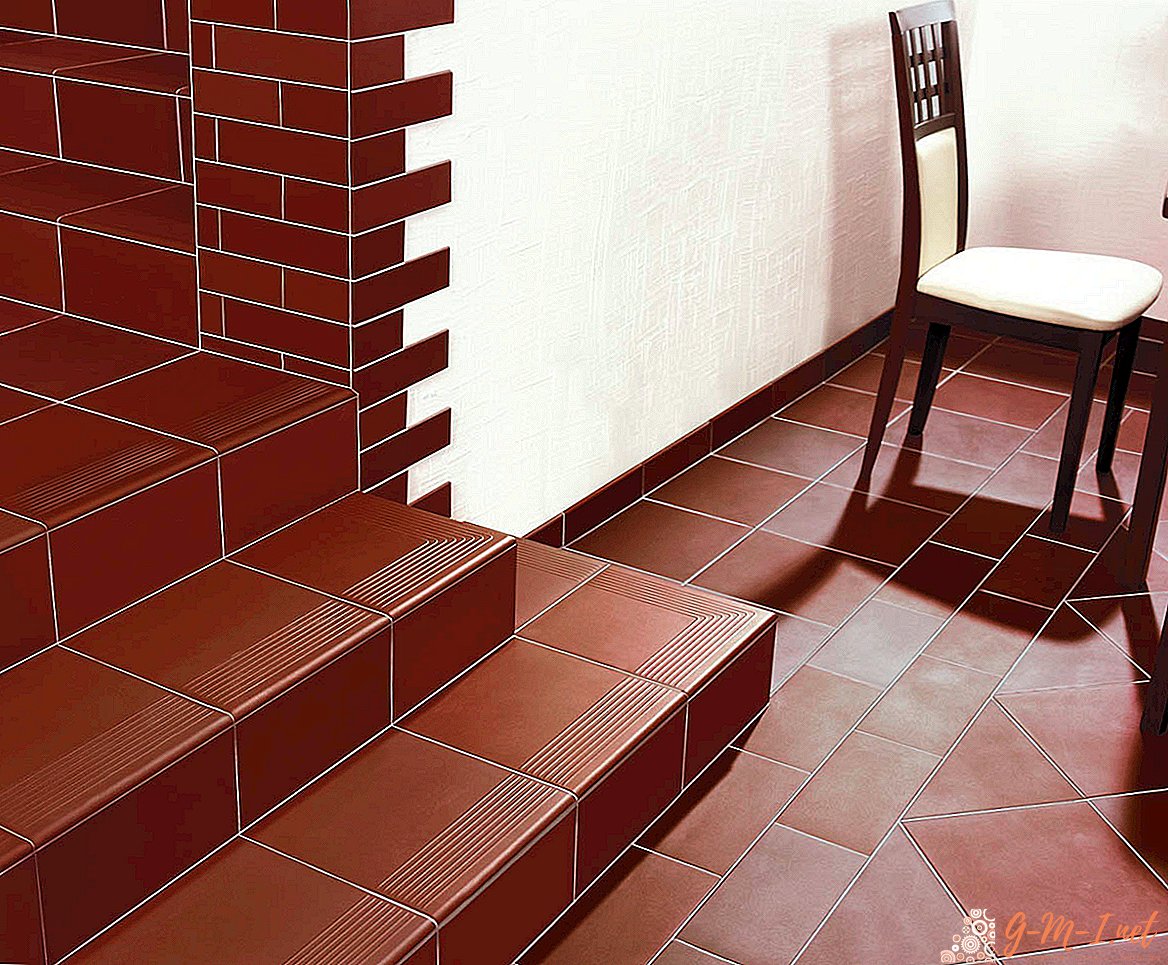
Metlakhskaya
Metlakh tiles are made from refractory clay by pressing. This material is characterized by increased hardness and strength in comparison with other types, is resistant to scratches, chips, abrasion of the picture and is able to withstand pressure up to 5.5 thousand kg.

High performance properties of this type of tile make it an indispensable finishing material for public areas with high traffic, and resistance to temperature extremes allows you to use it even on the street.
Porcelain
One of the most popular types of floor tiles, characterized by a wide variety of designs and textures. It is made from kaolin and quartz spar in combination with pressed dough.
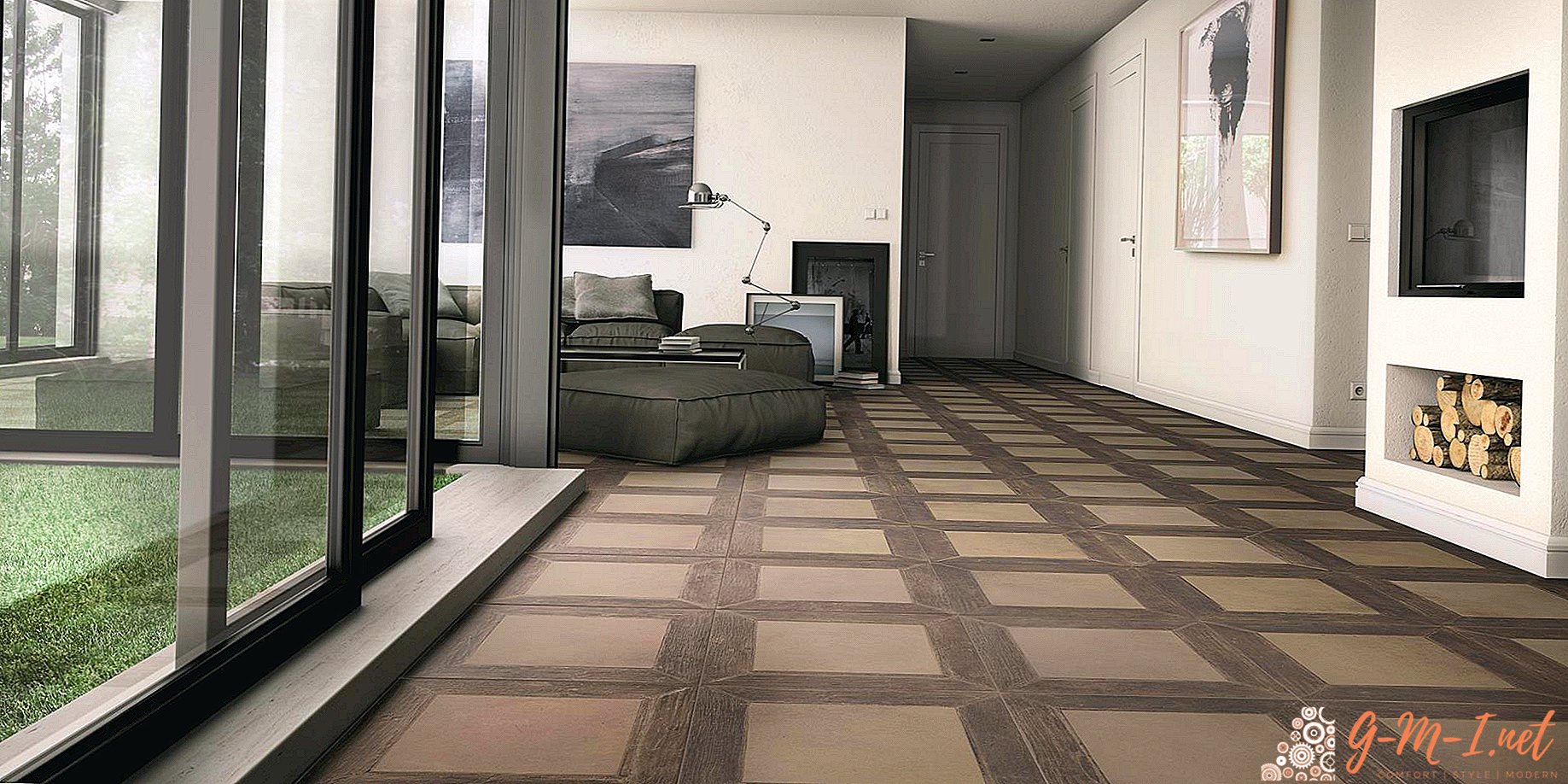
Porcelain tile is resistant to moisture, temperature changes, does not undergo deformation even under heavy loads, and is also characterized by the absence of harmful substances in its composition and environmental friendliness. Externally, this type of material resembles a glass coating and is suitable for decoration of large areas, halls, lobbies, offices with high traffic.
When choosing a floor tile, you should pay attention to a number of important criteria for the finishing material. First of all, it is necessary to study the characteristics given on the packaging of the goods. They should reflect information such as:
- The purpose of the tile. Before buying, you should make sure that the selected tile is designed specifically for the floor: as a rule, this is indicated by the sign of the foot on the label or a written designation of the type of product.
- Thickness. The most common and popular tile thickness is 9-12 mm, since this option has the optimal ratio of strength to weight.
- Sort of tile. The highest quality products, according to international standards, correspond to grade 1, the lowest grade of quality is grade 3.
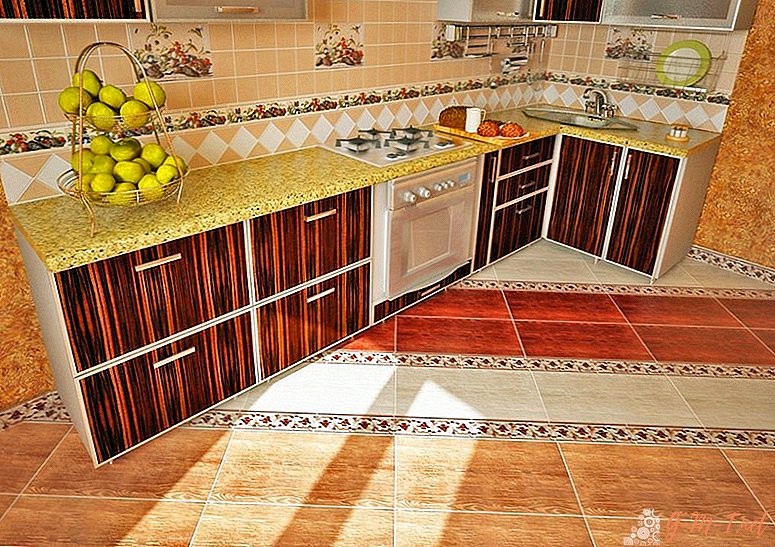
IMPORTANT! The calculation of the number of tiles before buying must be done with a small margin: the area of the acquired coating should be 10-15% larger than the area of the room in which it will be located.
In addition to the product parameters shown on the label, you should pay attention to the product itself. The surface of the tile should be smooth and uniform, the presence of such damage as chips, cracks and scratches on it can signal marriage.

Leave Your Comment